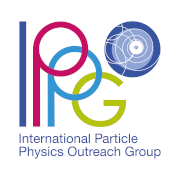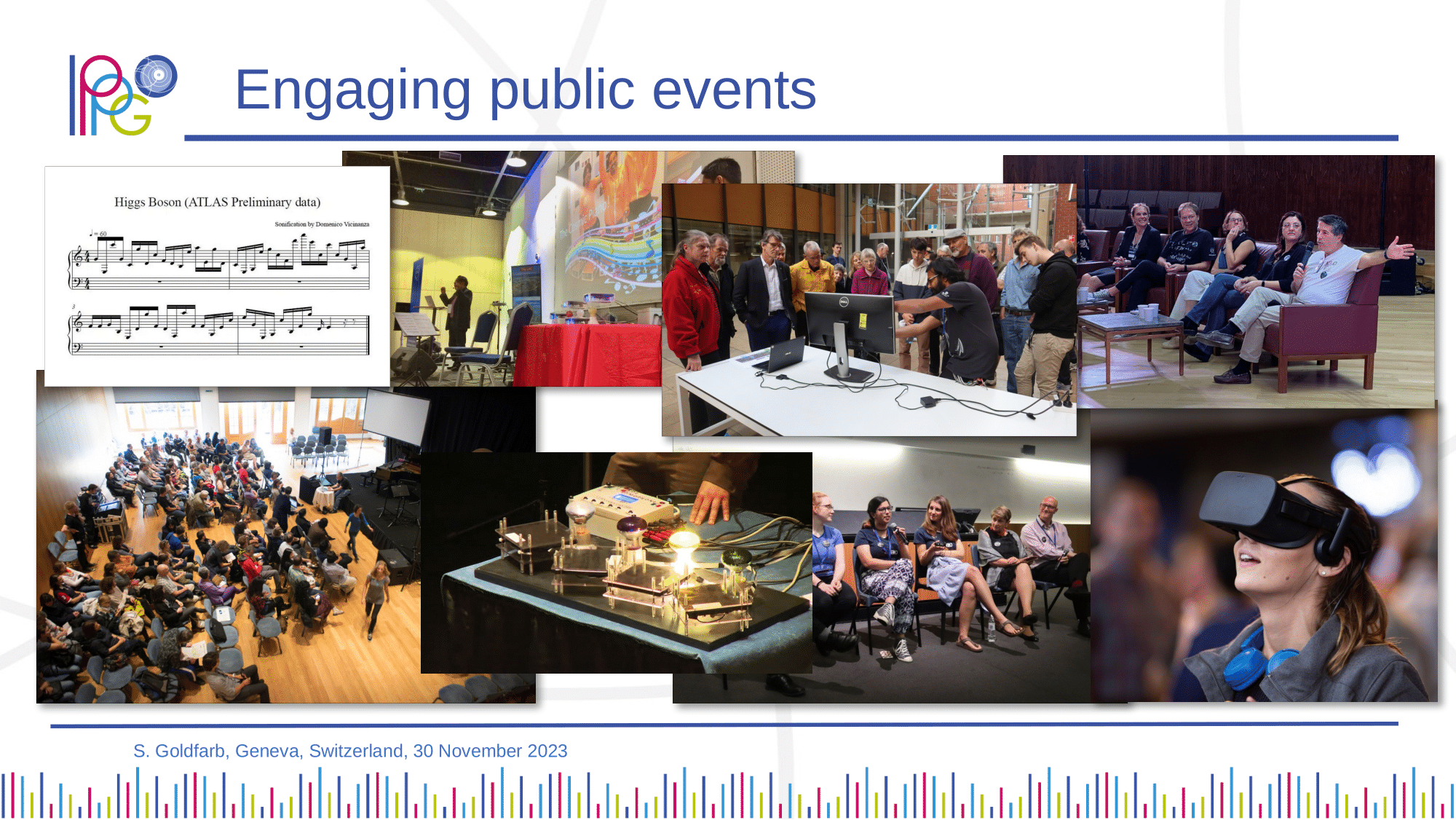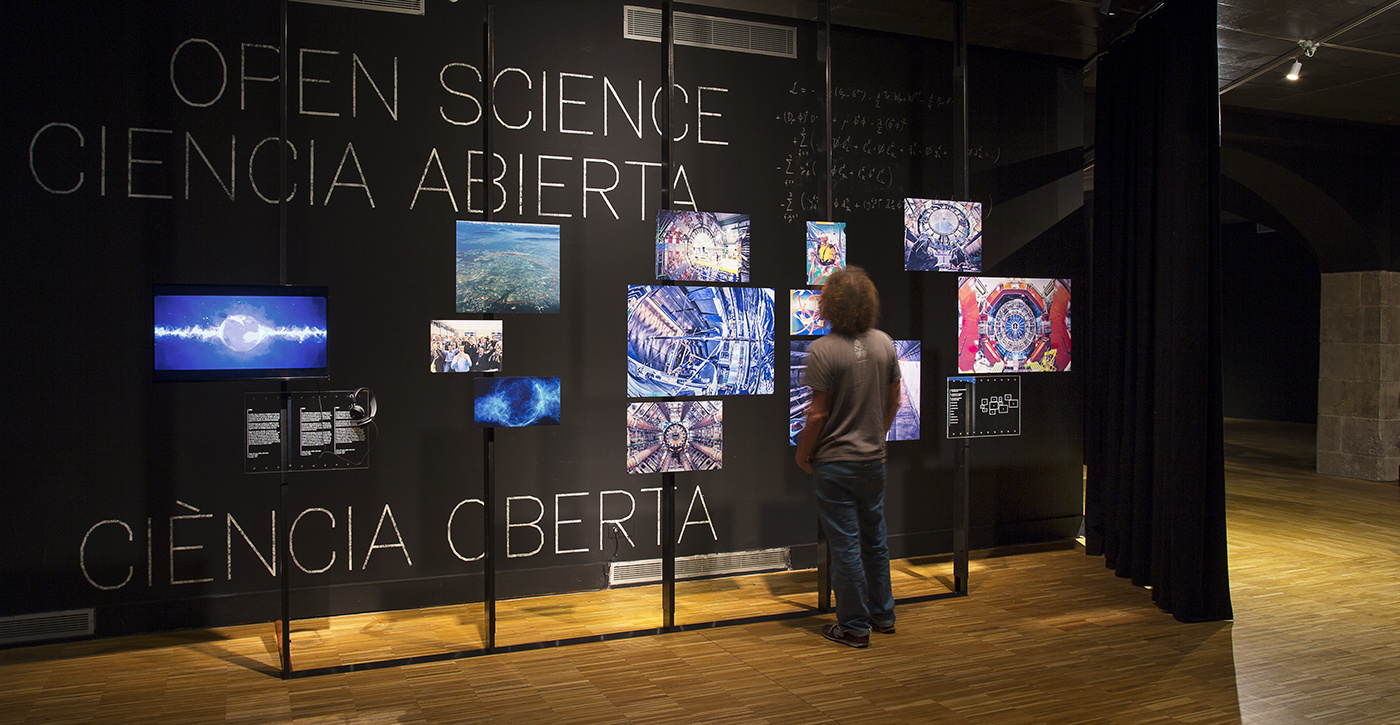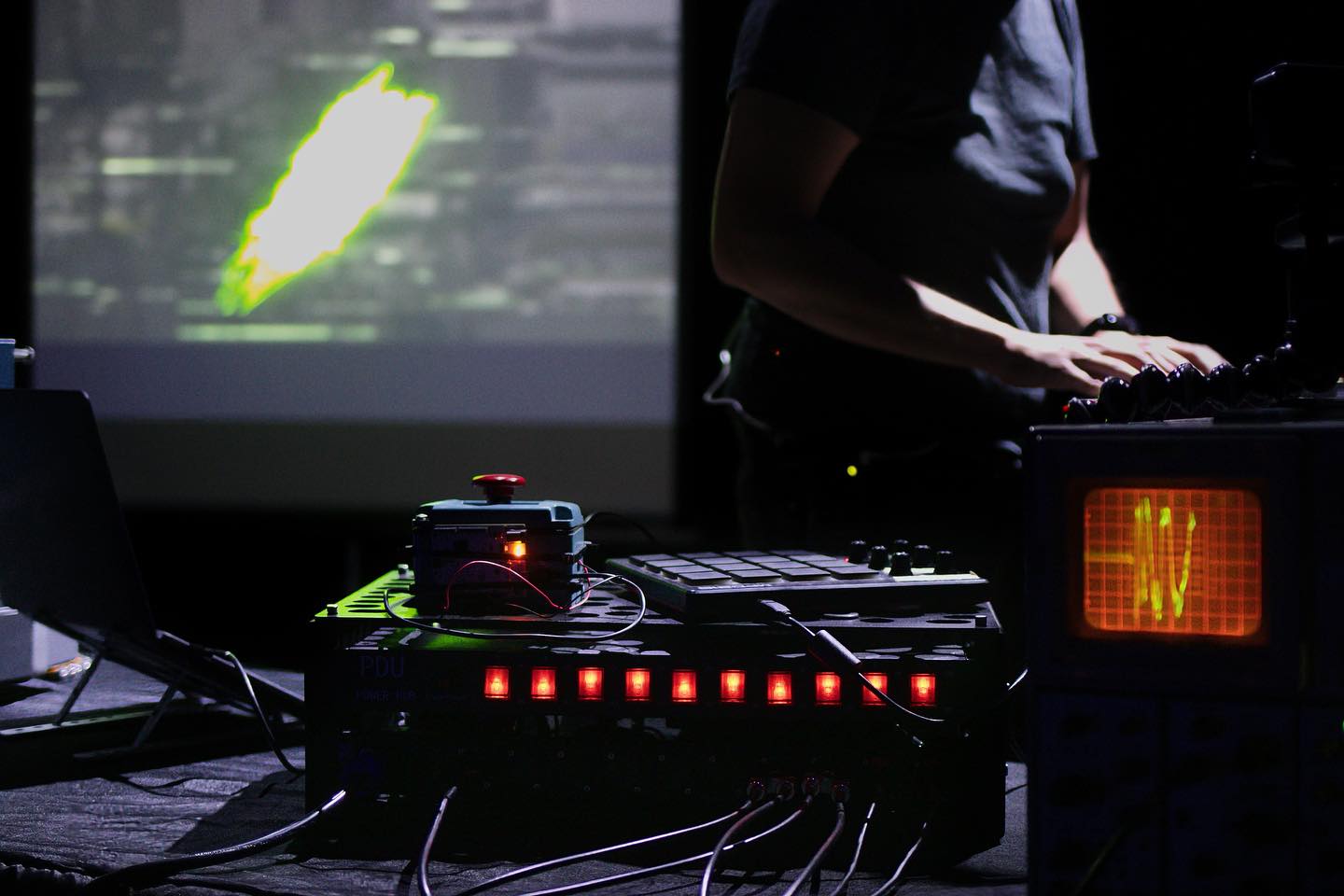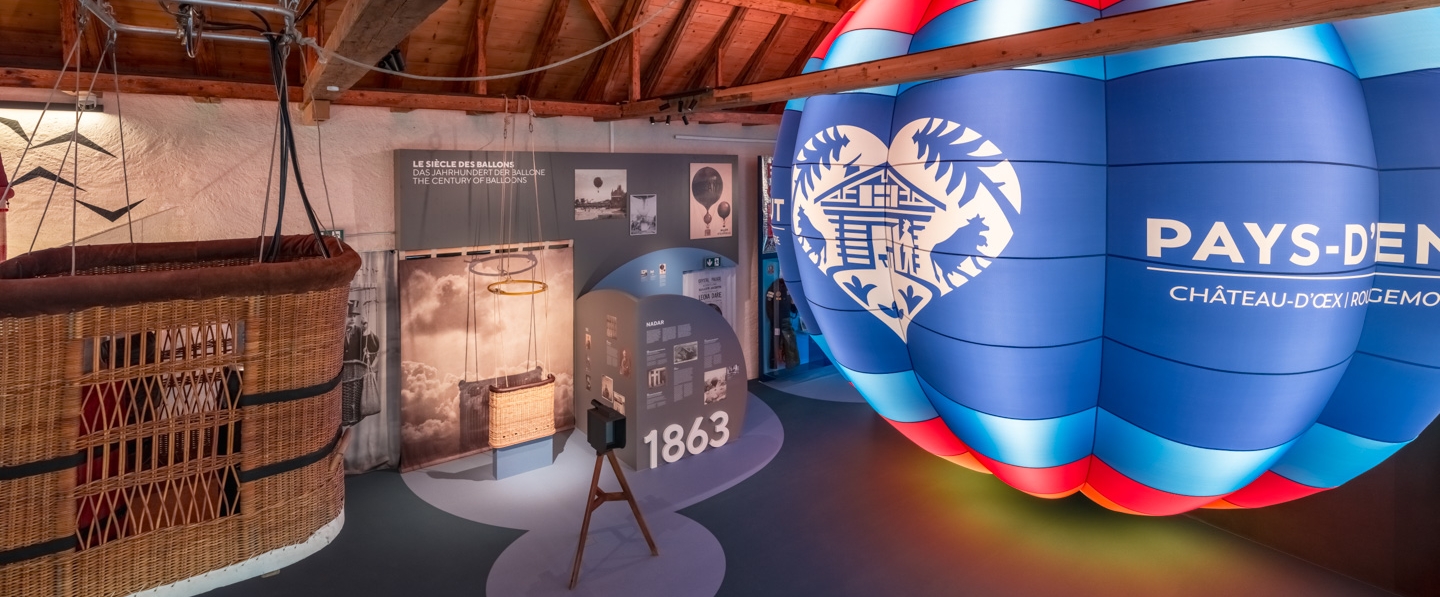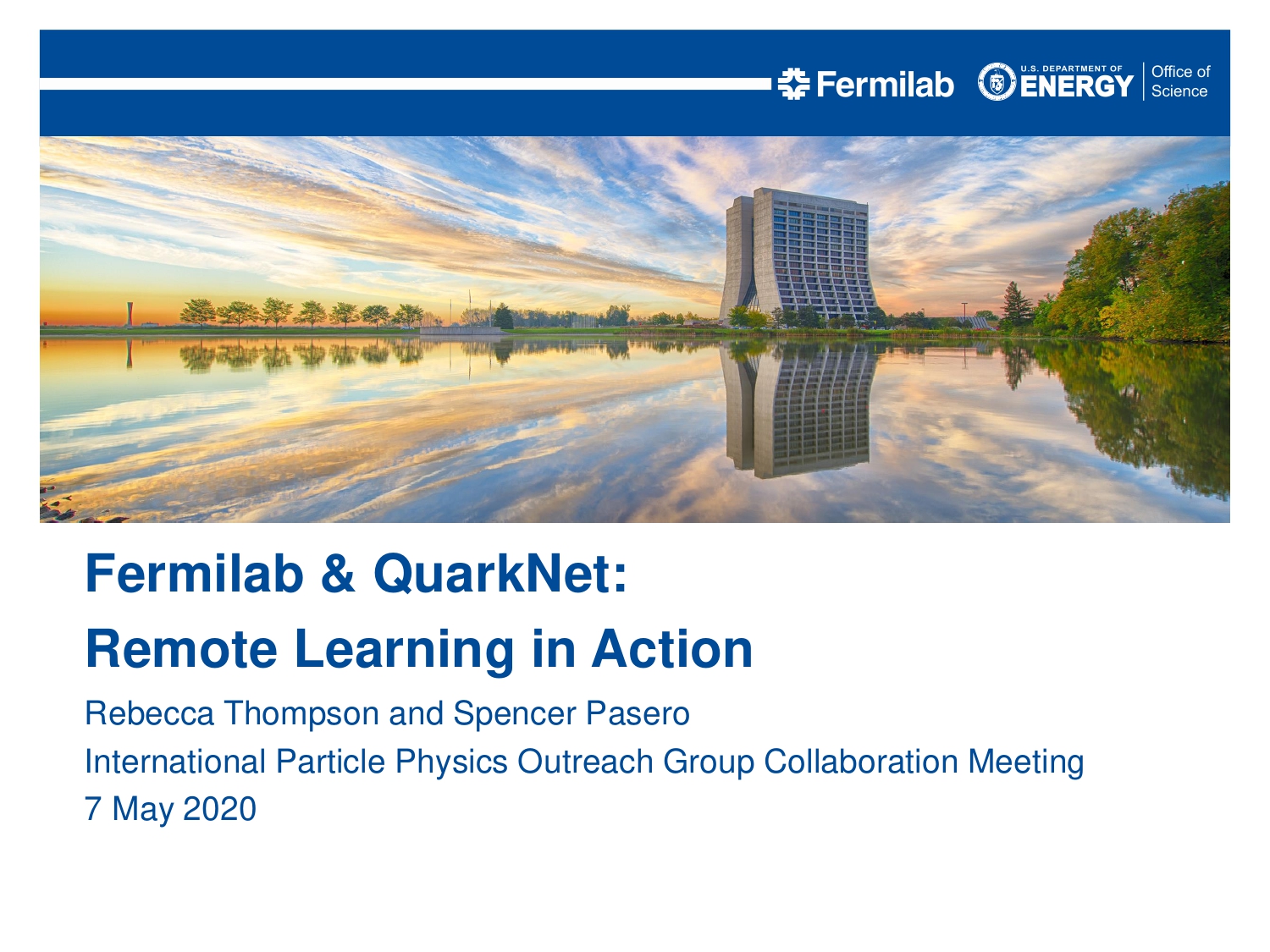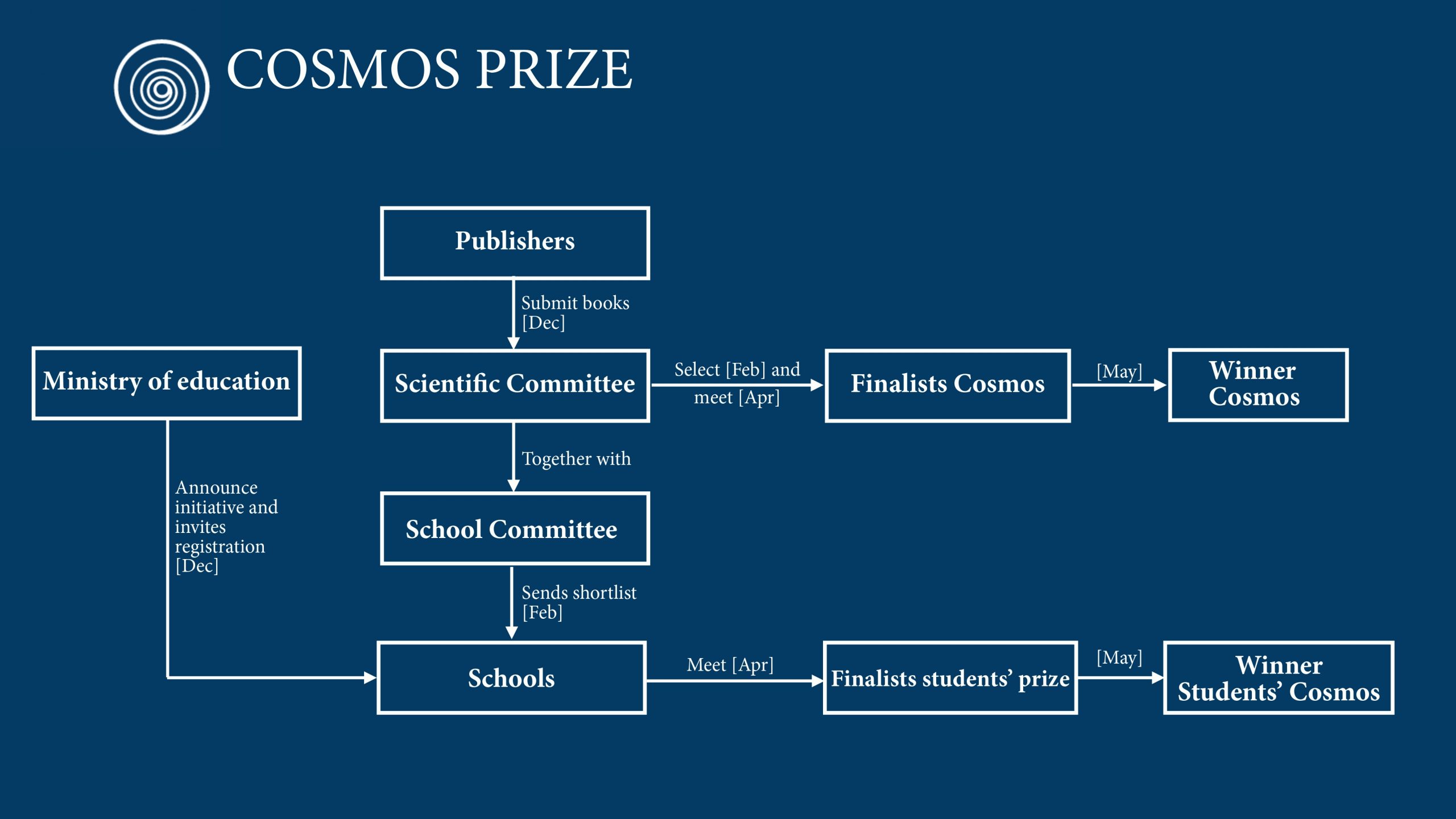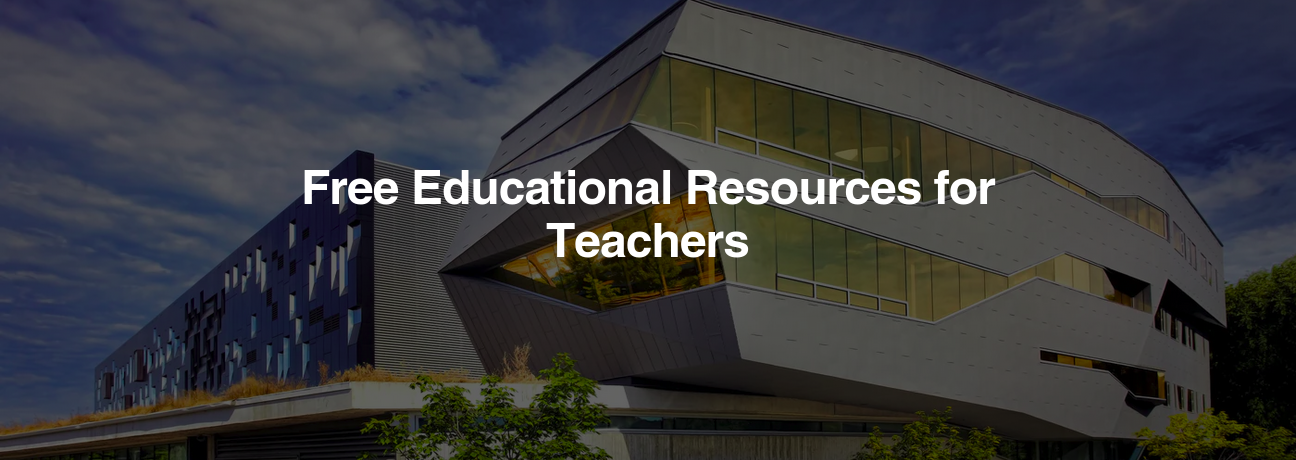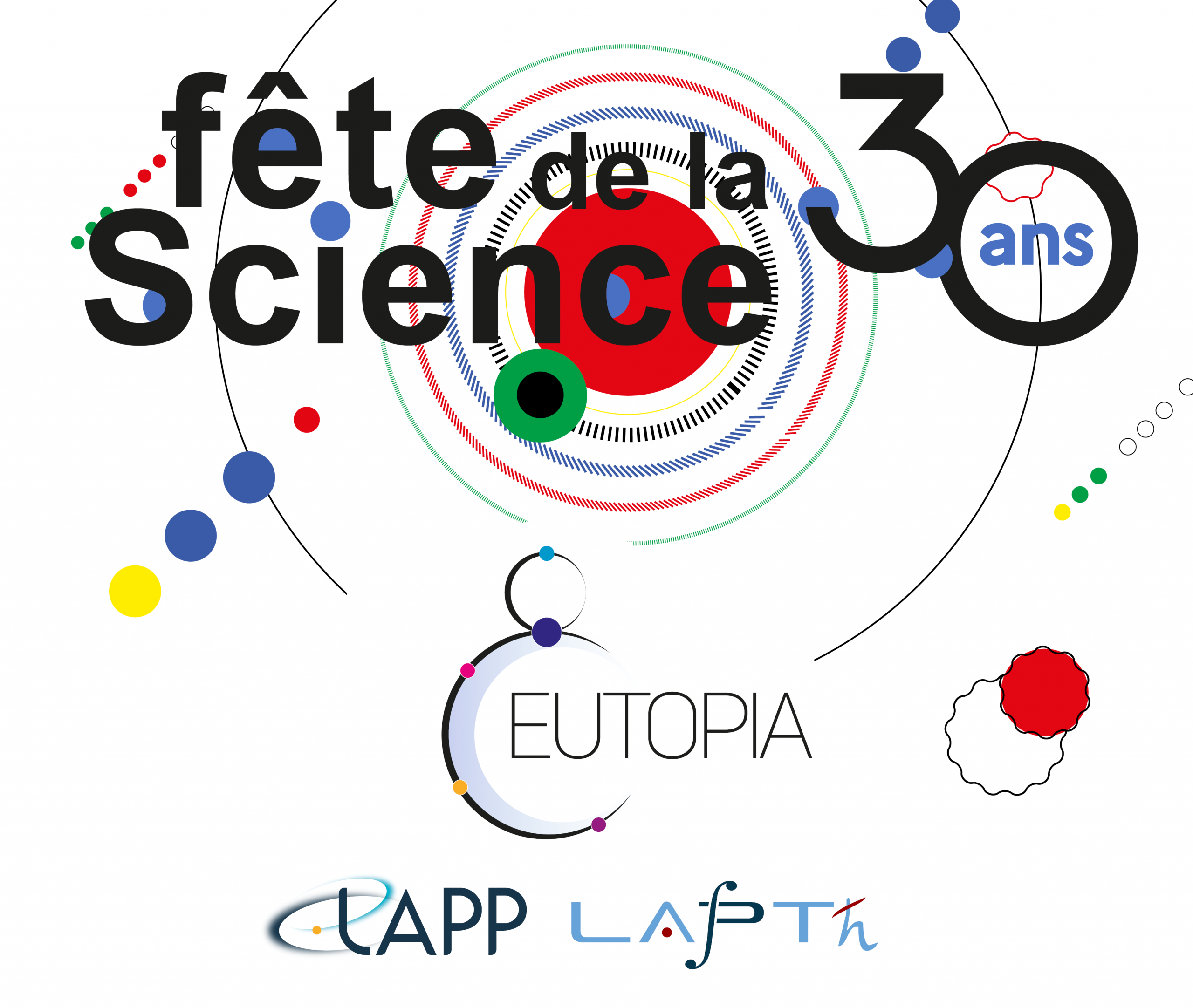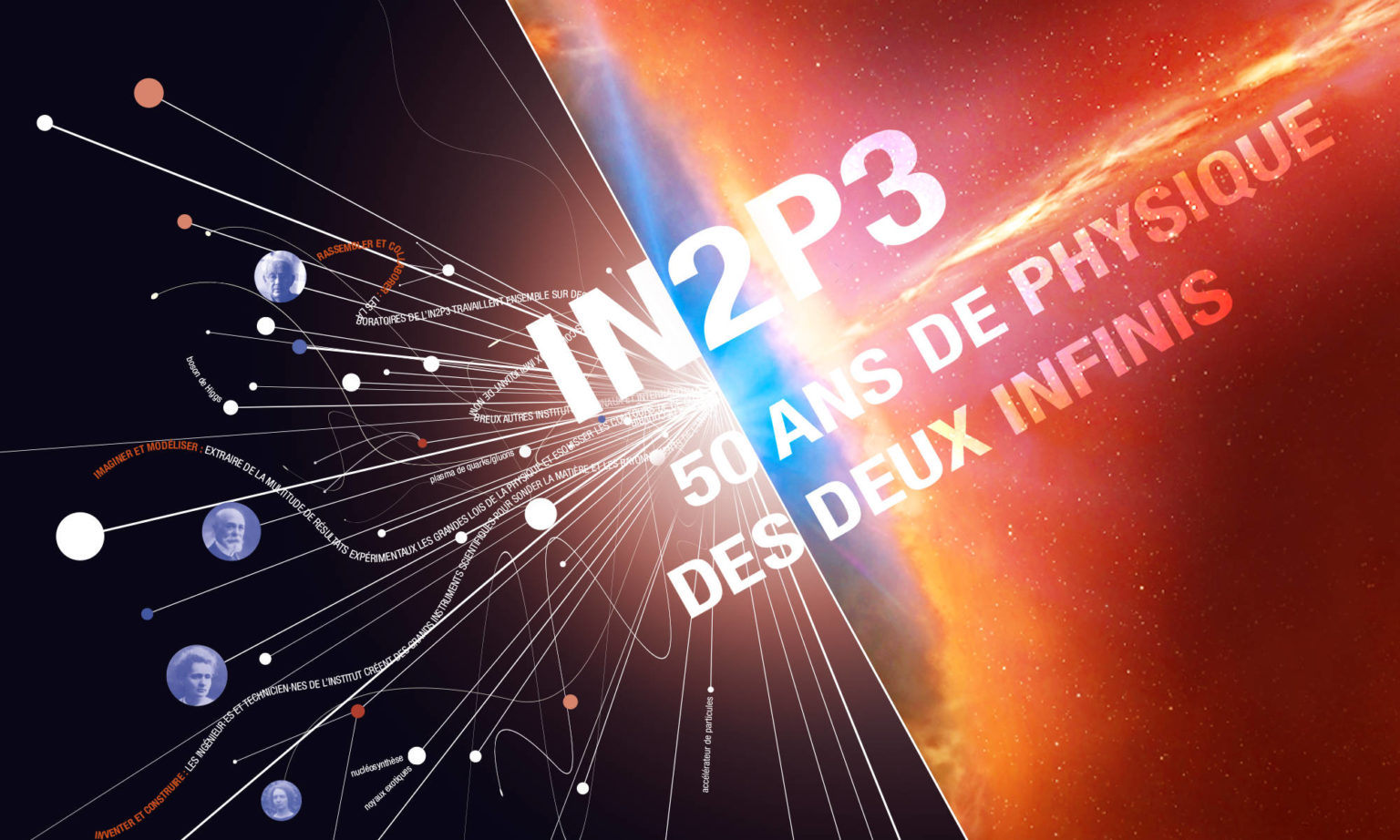Category: Audience:Broad Public
-
Engaging public events – The exemple of Universal Science & Music of Physics
Public events create engaging environments that make use of catalysts to capture the public’s attention and facilitate interactions with science in fun ways.
-
Outreach activities in an art centre – The Quàntica Exhibition at CCCB (Barcelona)
The QUANTIC art-science exhibition was held in February 2019 at the Contemporary Culture Centre of Barcelona (CCCB). The Institut de Física d’Altes Energies (IFAE) collaborated with the development of the exhibition and the satellite activities that were offered.
-
ColliderScope: Electronic(s) Music from Collider Physics
This creative project aims to reach new audiences by mixing electronic music with science. The sound waves of the music are mapped onto an oscilloscope’s X-Y mode, to create 3D shapes of the Large Hadron Collider and its experiments from the music itself. They are also participating in live events.
-
Espace Ballon – Hot Air Balloons Exhibition at Château-d’Oex (CH)
Exhibition on Hot Air Balloons connecting to the discovery of cosmic rays. It took place during the international balloon festival at Chateau-d’Oex in Swizerland.
-
Fermilab & QuarkNet : Serving and expanding audiences during COVID
During the COVID pandemic, Fermilab and QuarkNet websites served as hubs for different audiences, offering activities, virtual resources and guidance for parents and teachers. The structures also held online outreach events and developed social media strategies to foster engagement.
-
The Cosmos Prize
The Cosmos prize awards Italian books in Physics, Maths, and Astronomy. It aims to promote science outreach and engage young people with science. There are two types of awards: the Cosmos prize awarded by a scientific committee and the Students’ cosmos prize awarded by high school students.
-
Perimeter Institute Educational Resources
Perimeter Institute provides free digital educational resources designed to help teachers explain a range of important physics and science topics. Each compilation includes a set of lesson plans, hands-on activities and demos, modifiable worksheets, background information for teachers, and original PI videos.
-
French Science festival in Annecy – Slowly injecting ” feasibility study features” into a well established event/community
The Fête de la science is an annual French scientific culture event that takes place all over France. The 2021 edition in Annecy featured various activities like open days of the LAPP laboratory, the science center Eutopia, or FCC communication material.
-
Celebrating 50 years of IN2P3 : 1971-2021
To mark its 50-year milestone, IN2P3 unveiled a new website that serves as a repository for various resources, such as a historical overview of the institute and its labs, along with a collection of 35 exhibition posters. Additionally, several events were held in laboratories, including a half-day international scientific symposium closing as a session.
-
QED Playing Cards Game
The QED Playing Cards is a fun board game funded through a Kickstarter campaign. Every court card showcases a physicist known for their significant impact on quantum physics, and the deck features a card that explains how to conduct Thomas Young’s double-slit experiment at home.
